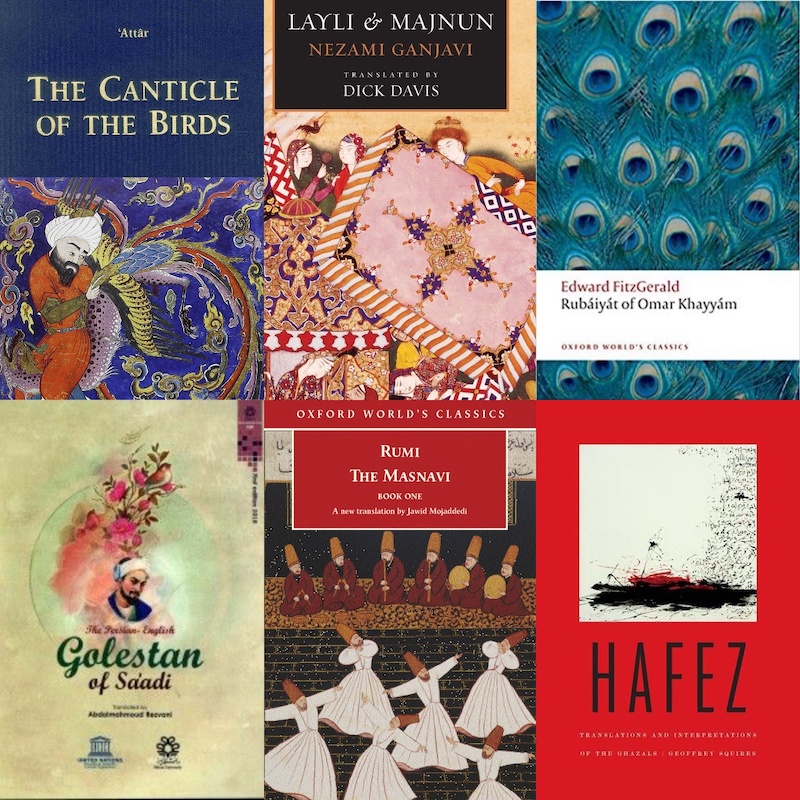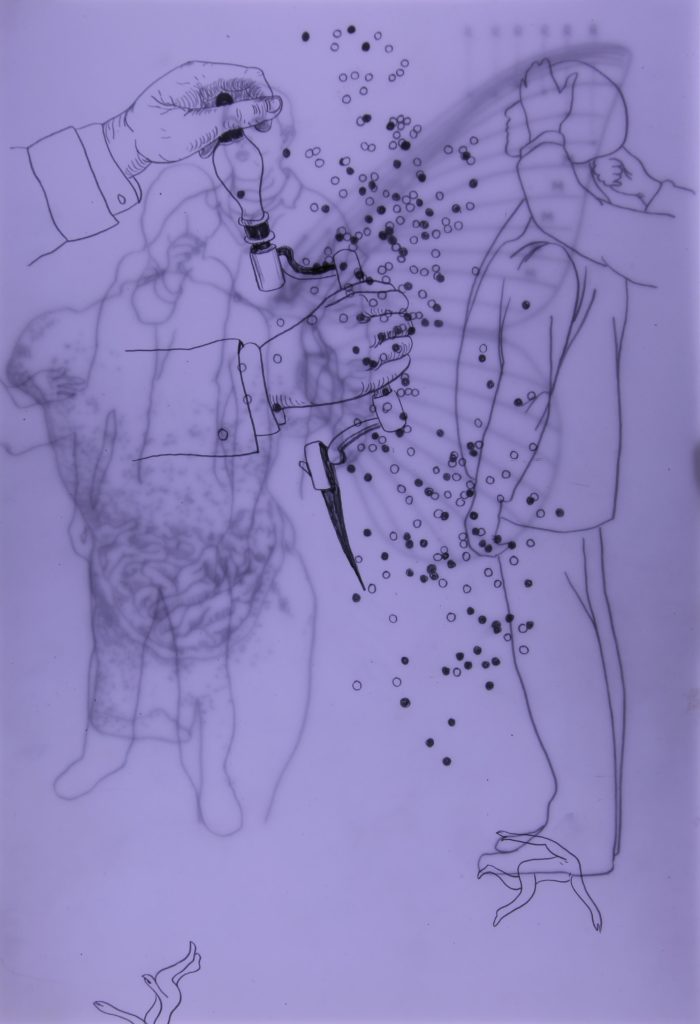How does violence blossom // What’s known must be made unknown

February 14, 2020
Namamatay ang Mga Nagmamahal
May dumidilat ngayon sa daigdig
Bumibihag ng unang larawan
Matutulog kung iaatas
Mananaginip ng kailangan
Nalilimot ang lahat maliban sa kailangan
Bumaba-umakyat, makipagsapalaran
Marahil ngayon nagtitipon
Sa sinapupunan
Hinuhukay sa pagitan
Isang panahon
Isang kandungan
Namamatay ang mga nagmamahal
Paano mamulaklak ang dahas
Kailangang paslangin ang alam
Nang maglaho, mabaog, maagnas
Hindi sapat na mamatay
Listen to the audio of “Namamatay ang mga Nagmamahal” ||
“They Die Those Who Love”
Executive Producer: ALAB PH
Vocals: Rachellyn Saguid
Music: Joseph Saguid and Rachellyn Saguid
Guitars: Ruth Guhit and Eisenhower G. Ragma
They Die Those Who Love
Translated from Filipino by Kristine Ong Muslim
Somewhere in this world, someone opens his eyes
Captures the first picture
Sleeps when allowed
Dreams of need
Everything gets overlooked but the essentials
Go up and down, take risks
For now, gather
Round the womb
Exhume from the gap
An era
A cradle
They die those who love
How does violence blossom
What’s known must be made unknown
For obsolescence, impotence, disintegration
It is not enough to die
From the author, Mesándel Virtusio Arguelles
This poem comes from the book-length erasure poem Mal (High Chair, 2011), which resulted from the erasure of poems in the book Kung Bakit Kailangan ang Himala (University of the Philippines Press, 2007) by Rio Alma. For my process, I used the first two words—although I did not use all of them—from every line of every poem in Kung Bakit Kailangan ang Himala. I did not change the order of the lines, but I rearranged the stanzas (e.g., there were lines merged into a single line). There were instances when I used only one word from the two words; there were instances, too, when I resorted to deleting a letter (although I rarely did this) from the words in order to come up with a word consistent with my aim. I removed all the poem titles and replaced them with a symbol that resembled the em-dash (—), to signify the simultaneous connection and separation (especially in the visual aspect) of the individual poems and to shape, overall, a unified length of poetic sequence.
From the translator, Kristine Ong Muslim
My translation of “They Die Those Who Love” is an attempt to hold together the appropriative layers and telltale marks of creative collaboration happening in the piece. The lyrics (or lines) were excerpted from Mesándel Virtusio Arguelles’s book-length poem Mal (High Chair, 2011). The method of excerpting, the artistic decision supporting which lines to use to fashion into a song, as well as the musical arrangement were all by the Filipino poet Joseph de Luna Saguid.
“They Die Those Who Love” (“Namamatay ang Mga Nagmamahal”) is the titular song to Namamatay ang Mga Nagmamahal, a CD album produced by Alab Ph in 2018. So, when I translated it, I treated it as I would any lyrics of a song; I paid attention to how it would sound in English. It was sound first, and then meaning. It was sound first, and then linguistic equivalence. The translation was carried out in the spirit of my perceived intent of the source text, which is, in my case as the translator, Joseph de Luna Saguid’s appropriation of an appropriation, an erasure poem.
The book-length poem Mal is an erasure of Rio Alma’s Kung Bakit Kailangan ang Himala (University of the Philippines Press, 2007). I translated the entirety of Mal, as well as two other book-length erasure works by Mesándel Virtusio Arguelles, for Three Books, a bilingual edition that will come out in September 2020 from Broken Sleep Books. My translation of the lines in “They Die Those Who Love” is different from my translation of those same Filipino-language lines in Three Books. Because: when those lines have been appropriated to create this standalone piece, “They Die Those Who Love,” the lines are no longer simply being read or seen—which is how we ‘receive’ words on a page of a book. They are now meant to be sung.
All in all, “They Die Those Who Love” can be thought of as several layers of erasure done by three people: the author, the musical composer, the translator. Each one creates new work independently of each other in a collaborative, generative, loosely constrained matrix of successive appropriation.



